Introduction
As I was climbing the ladder the other day, a thought hit me: what ever happened to Dragon Priest? The deck was everywhere before rotation, and it even held strong in the days following Un’goro. However, since that point it has dropped more and more and more. A lot of that is because of how strong the other Priest lists (Big and Kazakus) are, but there is no doubt the dragon build still has the same potential it always has. As such, I wanted to bring the build back this week and see how it fares on the current ladder. I have tried a couple of different builds, but the one in this guide is the one I’ve had the most success with. It has some strong core options as usual, but the fringes are quite off of what we’ve normally seen. And that makes all the difference.
Key Cards
Shadow Ascendant
We’re going wild right off the bat. Shadow Ascendant is a card that has seen zero (and I mean zero) play since its release. However, as with so many cards I cover on this series, that does not mean it’s bad. Something to note is that just about every popular deck these days is obsessed with board presence. Most lists want to cement themselves on turns one through three and then push for value or damage going forward. Anytime you can fight back against such presence will give you a big boost against the top of the meta and make your tempo stronger. Shadow Ascendant allows you to do that by giving you two threats that both need to be dealt with. Yes, your opponent may want to take out your 2/4 Northshire Cleric, but the 2/2 needs to die first. Putting your opponent into a corner is always strong, and this does that quite well.
The reason this card is so strong is mainly because it has the “Ysera” effect. That is to say, it does something immediately that your opponent cannot respond to. That really ups the two drop’s power level and gives you the potential to use it in a range of different ways. Typically, you are going to want to run this out after a turn one Northshire Cleric. However, it has a lot of uses later on in the game as well. Because so many lists these days focus on tempo, they need to be able to trade efficiently to win. Anytime you can give your opponent a weak or bad trade it is going to cause problems. Even making Druid hero power to take down a threat they can’t kill on the board ties up their mana and forces them off of their regular plan. If you cannot get Ascendant down early, don’t worry. It is ok to get value later on.
Tar Creeper
This addition is not my own (it has become more and more popular in a wide range lists as of late) but Tar Creeper fills a necessary role here. Something to note is that, unlike past Dragon Priest decks, you are not solely dependent on your curve. While that means you do not have to just go one to two to three to win, it also means you have a lot of less powerful options early on. Tar Creeper fills a big part of that gap by enabling you more time and giving you an overly-statted minion to shut down early pushes. While Dragon Priest is strong, it is slow. Your AOE comes late, and most of your removal only hits single targets. That can leave you open do decks that want to go wide, such as Aggro Druid and Token Shaman. Creeper is amazing at clearing early tokens by forcing your opponent to trade in with multiple bodies.
Do not be afraid to hold Tar Creeper for late in games. The three drop should always be used early on to lock down strong opening turns, but if you draw it at a later time it still has a lot of potential. Primordial Drake is your only other true taunt in this one, which can leave you open to burst decks. Tempo Rogue packs a ton of charging minions, as do decks like Zoo and Hunter. Having access to an extra wall towards the end of the game can be invaluable. Think about the deck you’re facing. If they can do damage through charge or weapons you should hold back Tar Creeper for when you need to limit such damage potential. There is no reason to just run this out if it is your only safety net.
Twilight Drake
As strange as it may seem, this inclusion to the deck is largely a tech slot. There are a lot of dragons to choose from in this game, but there are a lot of Priests on the ladder. A lot. Anyone who knows Anduin, or anyone who has spent a lot of time with the class, knows that they simply cannot handle the power of Twilight Drake. The four drop is almost untouchable in that matchup. In fact, it can largely win on its own. Even if Priest eventually gets a handle on the big body, the amount of damage it does before that point should give you a handle on the game. However, as good as the drake is, it really only shines there and against slower Druid builds. Even with a lot of health, a four drop that does not directly impact the board is pretty slow against decks like Tempo Rogue and Midrange Hunter. As a result, if you aren’t seeing a lot of Priest, or if you simply are playing a lot of fast decks, you should do what you can to shift this to another slot. That can be numerous spells (such as a second Potion of Madness or a Shadow Word: Horror) or other dragons like Book Wyrm. I think keeping the dragon count up should be your first goal, but the choice is largely going to depend on what types of decks you’re facing the most.
Dragonfire Potion
Dragonfire Potion is one of the most interesting AOE’s ever printed because, unlike cards like Brawl, it can be used offensively. This is important to note because there are going to be games where you use this card as a tempo push rather than straight AOE. It is very easy to see this card only as removal. That then means you will miss out of great opportunities and hold it back when you should pull the trigger. The six mana spell more often acts like a five damage Flamestrike more than anything else. That is great for taking down minions, but it is also an incredible tool to have when you’re pushing damage or pacing the game. Taking down Aggro Druid’s board is good, but blasting away Midrange Paladin’s minions while also keeping your Drakonid Operative and Twilight Drake is game winning.
Another bonus of Dragonfire Potion is that you typically never have to play around it. This gives you much more freedom when it comes to running out threats and makes it so you don’t need to worry about future turns. This may not seem like a big deal, but it allows you to be reckless while your opponent needs to be careful. The ever-present threat of potion is going to make your opponents want to hold back cards in their hand. However, they also need to try to match your board so they don’t succumb to damage. That is going to put a lot of your opponents into a rough position where they need to choose between going all in and getting blown out and losing priority. When that happens you don’t want to get trigger happy. Holding off one turn even when your opponent goes for the board can be a great way to surprise someone.
Medivh, the Guardian
There are always going to be big dragons in a list like this one, but that does not mean you only have to run dragon finishers. After some initial testing, I decided to give Medivh, the Guardian a try for two reasons. The first is that he is a very solid value machine that helps you push against some of the control decks floating around. Midrange controls a large part of the ladder (more on that later) but there is no doubt slower decks still exist. Medivh, especially in combination with the single Free from Amber, gives you an amazing threat against those builds. You do not want to play the grindy game if you can afford it, but there are going to be games where you need to rely on your finishers to take the day. Most of those can be answered by a single removal spell. Medivh cannot.
The other reason I like Medivh, the Guardian is simply because he helps you diversify your threats. Dragon Priest, at its core, is extremely predictable. You play a big body, use that big body to control the board, and then move on to your next overstatted threat. Good players will recognize that and sculpt their hand in a way that can battle such strategies. Medivh flips that script by allowing you to play different big minions without actually losing valuable cards like Ysera. In addition, you should note that you could run more spells to feed Medivh if you want. A second Free from Amber is always an option, as is something huge like Mind Control. You don’t want to bog down your deck too much, but there are ways to make the 7/7 better (though I don’t think he needs it).
Deck Code
AAECAZ/HAgaiCaG3ArW7Are7AsnHA pnIAgzlBI0I0wrXCvIMgrUCursC6r8C 0cECysMCyssCzswCAA==
Matchups
These are the four decks I see the most while playing on the ladder.
Tempo Rogue
It seems like Valeera is here to stay. The wily Rogue has cemented herself as the premier tempo deck around, and she will likely hold that title up until the next set. Your goal in this matchup is to play a pure midrange game where you pace in the board in order to steadily run Rogue out of cards. Beyond your powerful minions, you have an advantage in that you can constantly generate cards through things like Netherspite Historian and Drakonid Operative. Lean heavily on those type of minions by clearing your opponent and preparing to go long. Each turn of the game that goes by, the stronger you get. Just keep a cap on your opponent’s board and always try to make sure they cannot string a couple of big hits together. As long as you keep your health high and value cards in your hand you should be able to wear your opponent out.
To win this one you need to watch out for Rogue’s big tempo plays. Most of these (at least against you) are going to involve Vilespine Slayer, which can leave you in a really bad spot. You depend on big bodies. That makes you good at combat, but it also makes you susceptible to removal. That goes double when the removal is a 3/4 body. The flower is the main reason you need to always keep your opponent’s minions at bay. If they hit down an operative or drake while they’re already pushing you aren’t going to be able to come back. However, if you can force them to use the 3/4 defensively it sucks most of the power out of its ability. The final note is to always play to Dragonfire Potion, especially in a back-and-forth affair. The AOE is one of the best ways to blow your opponent out and take the board back for good.
Kazakus Priest
Priest is still incredibly popular, and one of the better reasons to go the dragon route. Though the Kazakus build still has all of its usual tools, those tools do not do a lot against varied threats. Twilight Drake should always be kept in this game, and you need to get it down as soon as you draw it. Beyond that, you need to just force your opponent’s hand. Kazakus Priest runs a lot of sub-par cards in order to fuel its endgame plan. If you can punish that choice by dominating the board with big bodies you should be able to take control of this one from the get go. Remember, your opponent only has one-of removal cards. Once they burn their Shadow Word: Pain or Shadow Word: Death, they are going to be out of options. Dragonfire Potion also does nothing to your threats. Take advantage of that by pushing out as many bodies as possible.
I know we’ve discussed this quite a bit, but you need to be ready for turn eight. Just about every modern Kazakus build packs in as much card draw as they can in order to get to their combo as soon as possible. In fact, it has almost gotten to the point where Kazakus Priest is a pure combo build with some other control elements thrown in. Treat them as such by doing everything you can to bring pressure. Damage is the only way you can win this game, and you should prioritize it over everything else. Abilities do not matter, neither does synergy. All you care about is stats.
Note: Though you may not have the game over by the time Shadowreaper Anduin drops, you at least want to be at the point where you can end the game in a turn or two. Try to save Greater Healing Potion if you’re going to the later turns as well.
Midrange Hunter
Midrange Hunter is a very powerful deck that continues to adapt and change with each week. Priest has never done too well when fighting the hunt, and that is unfortunately going to be true here as well. Your power comes from being able to one-for-one people through strong trades and efficient spells. That is not great against Rexxar because Hunter simply has too much synergy and deathrattle to leave themselves open to removal. Your overall goal is to get a clear board, but working with a clear board is not going to be easy to do. Though turn six is important, it is much more key to make sure your opponent can stick any beasts on turn four. Your midrange threats can expertly fight back against the top of Hunter’s curve, but you will almost always succumb to damage if you take too many hits early on.
This is a game where you are going to take on the role of control. Hunter wants to play their beasts and push damage, and you want to kill all the minions that you can. However, the ending is going to change based on your health. If you have a lot of health you should try to be the aggressor and do everything in your power to get your minions ahead of your opponents. On the other hand, if you’re under pressure, you need to find ways to heal or put up taunts. Your hero power is extremely important. Use it as much as you can. It is also key to keep aware of Deathstalker Rexxar. The death knight is typical fare these days and, as strong as your different dragons can be, they are not going to be able to keep up with an endless army of zombeasts.
Zoo
The new Zoo builds are some of my favorites, and also one of the most deadly builds around. When facing Warlock you need to assume they are coming at your fast, and then you want to adapt accordingly. This is a game where there are going to be two different sections where things can slip away. The first is going to be turns one through four. Zoo makes a living off of early big minions, and if they get ahead of you going into the middle game you are never going to comeback (save a magical Dragonfire Potion). Once you fight off Zoo’s early push, you then need to worry about Bloodreaver Gul’dan. The Death Knight’s ability is not too great (your hero power can invalidate the damage) but them getting a board right away is a big problem. Especially when that board comes with bonus Doomguards. Prepare for that immediate damage and never leave yourself open to an easy kill. Once you’ve gotten the board in this game, even if you’re ahead, you need to save a single Dragonfire Potion for the death knight.
Mulligan Guide
Though you do not depend on your curve as much as past dragon builds, you still need your early spells and minions to get things going. Northshire Cleric, Power Word: Shield, Shadow Ascendant, Shadow Visions, Netherspite Historian, and Shadow Word: Pain are all must keeps. Potion of Madness is great against aggro, Tar Creeper is powerful with the coin or a curve, and Twilight Drake should always be kept on curve or against Priest.
Conclusion
I’m bringing dragons back, baby. This list seems very solid, and has some of the more powerful interactions in standard. Operative is just mind blowing (as it has always been) and the curve seems to be strong throughout. While there are some holes (those darn Rogues for one) you can easily customize and tweak the numbers. The core is very good, which means everything you build around it will be strong as well. Until next time, may you always have a dragon in your hand.


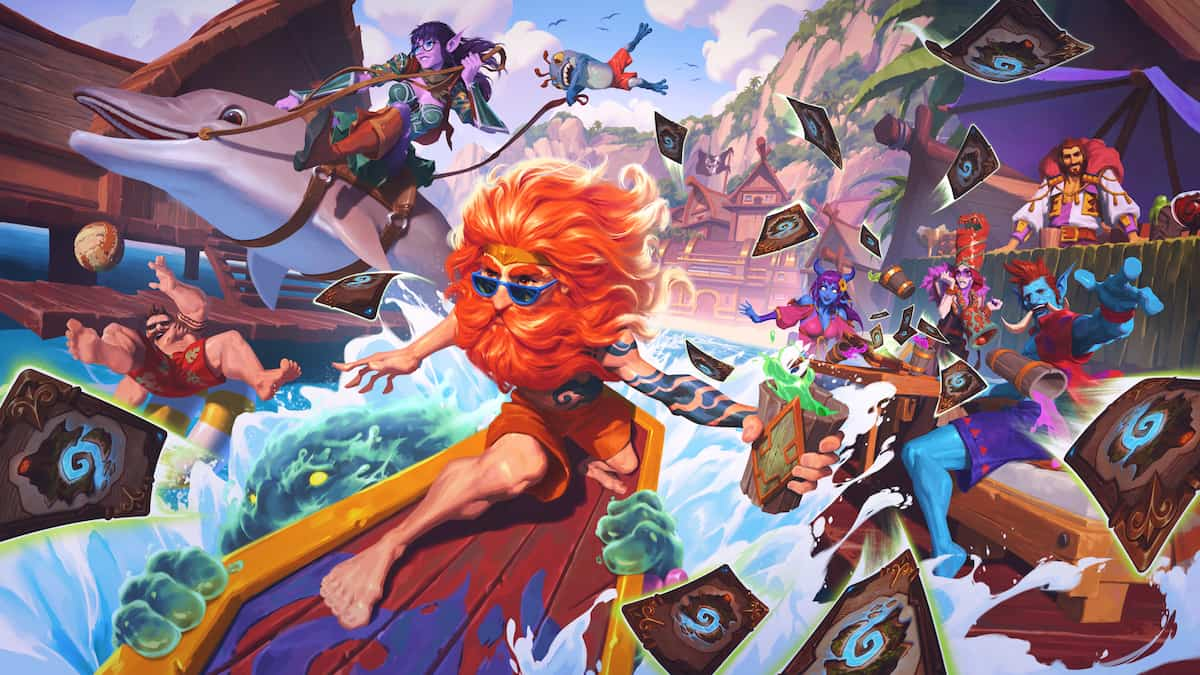
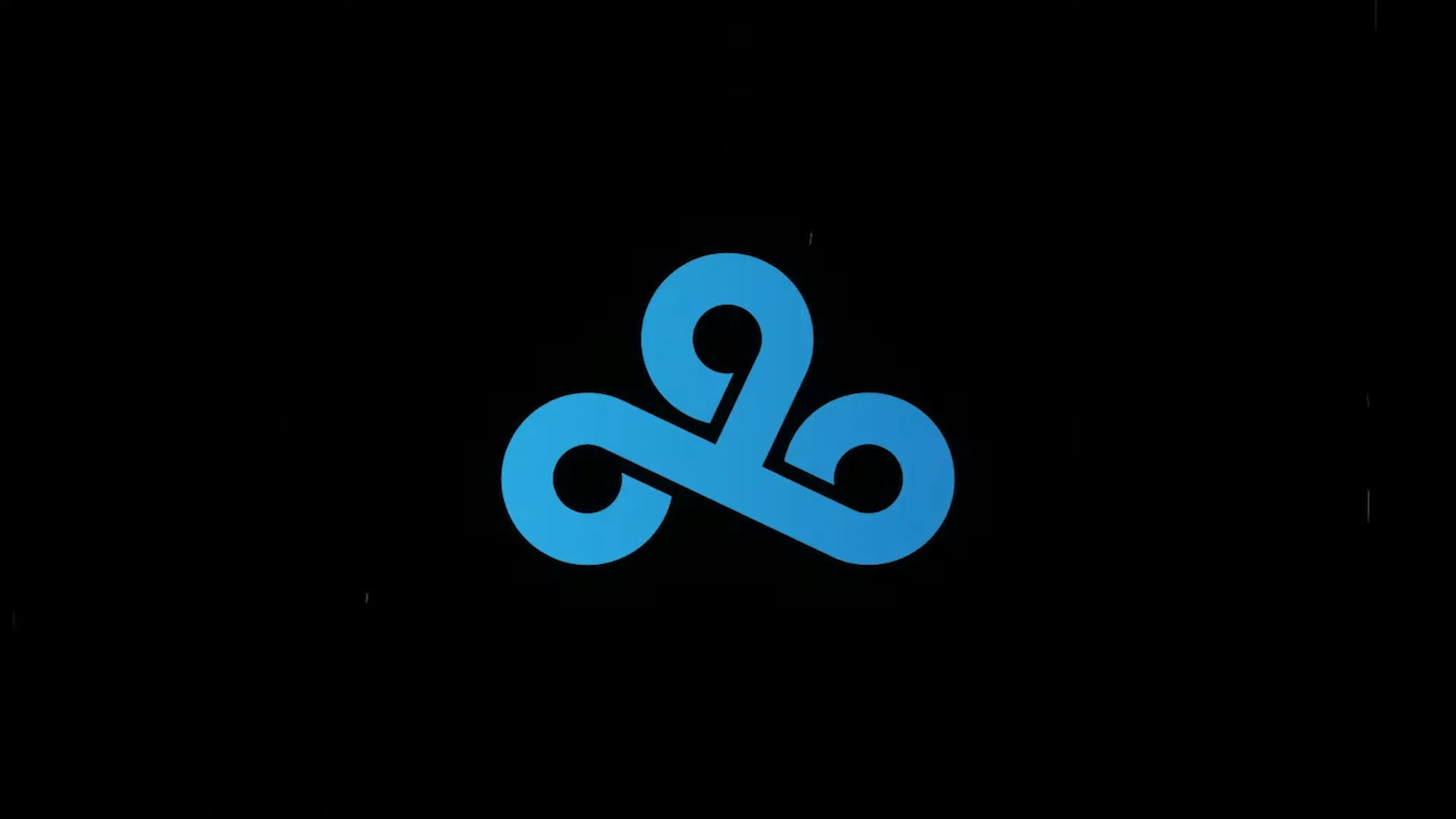
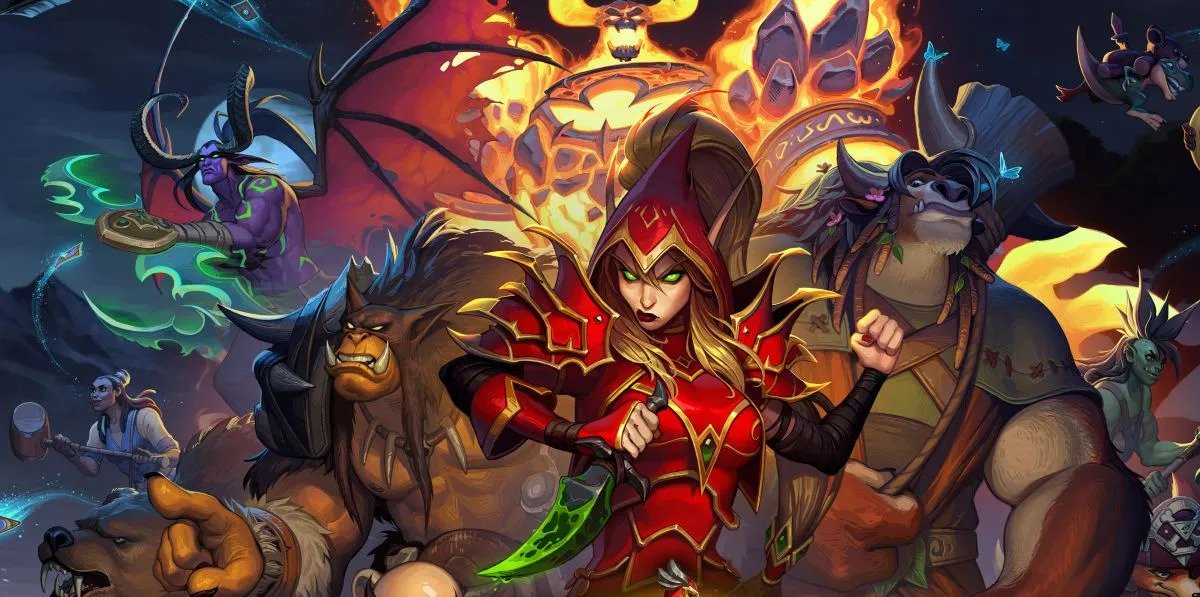
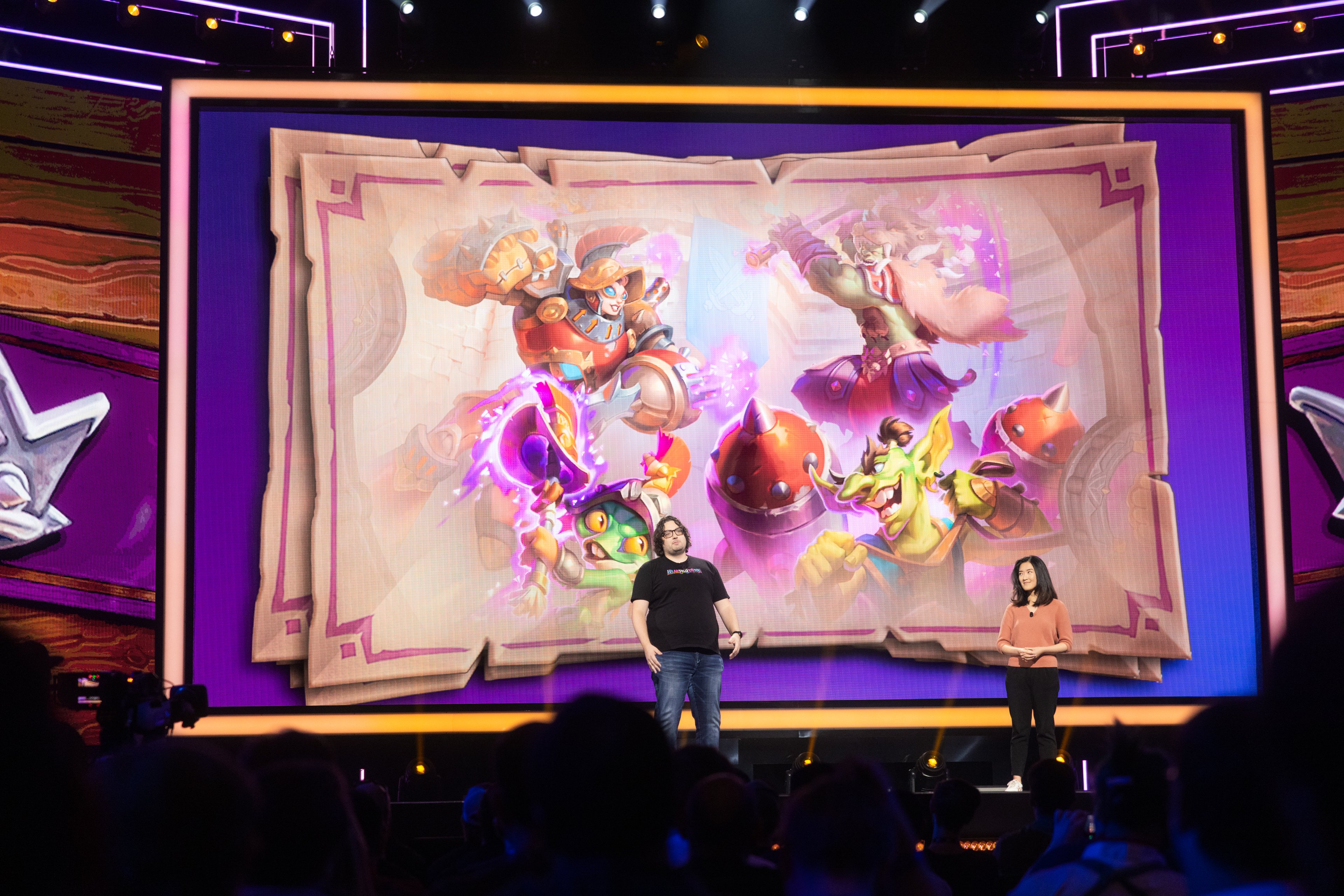
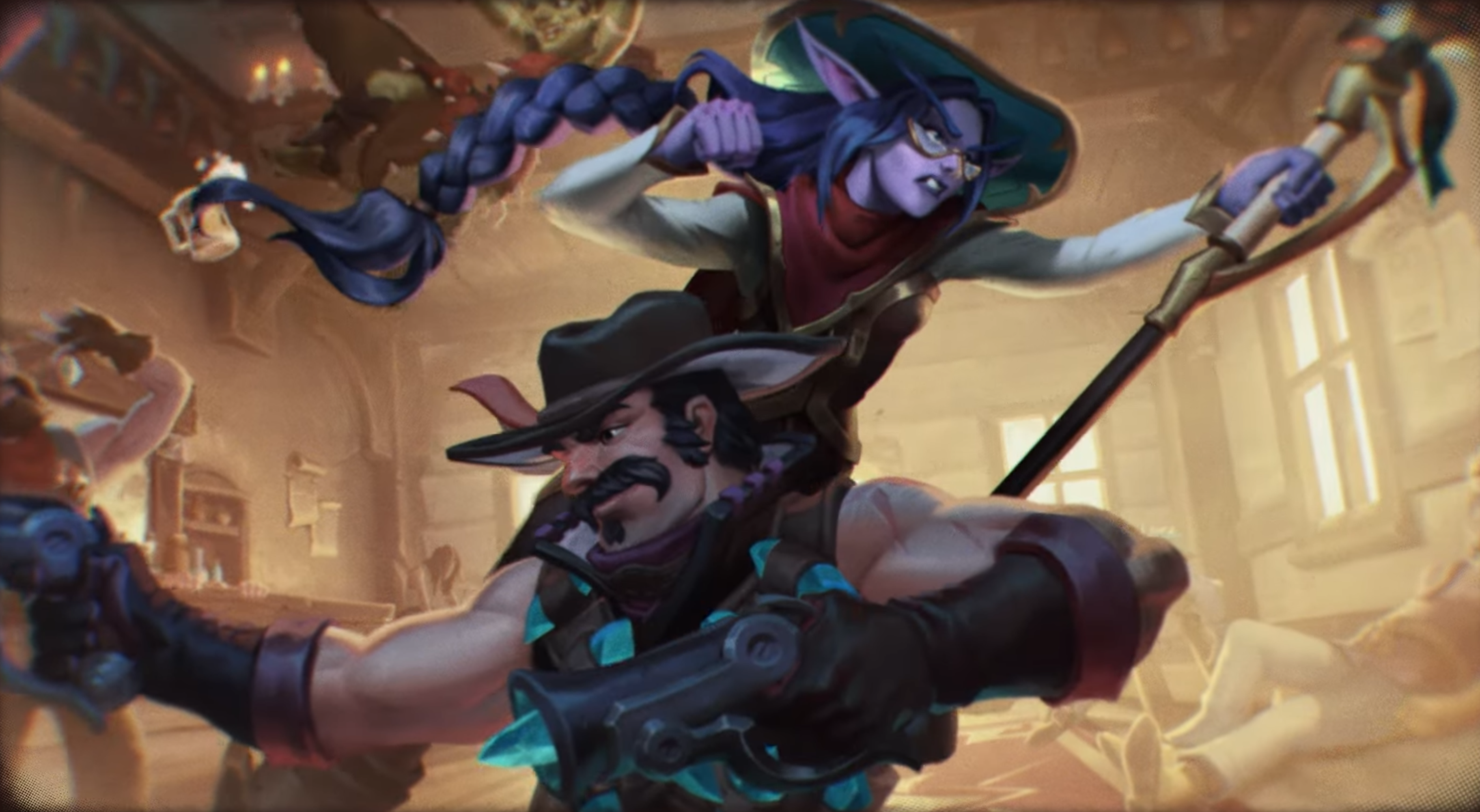
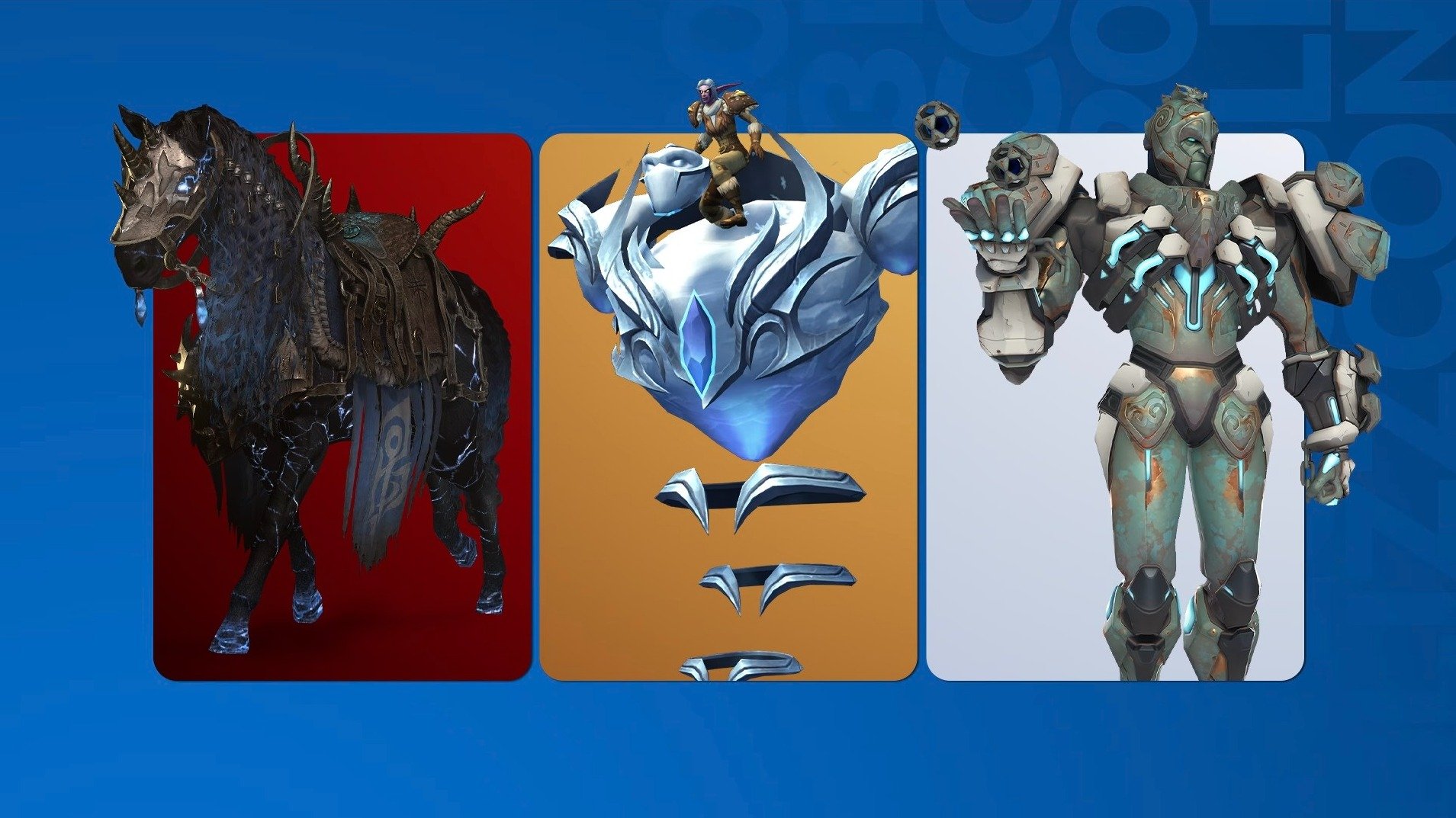
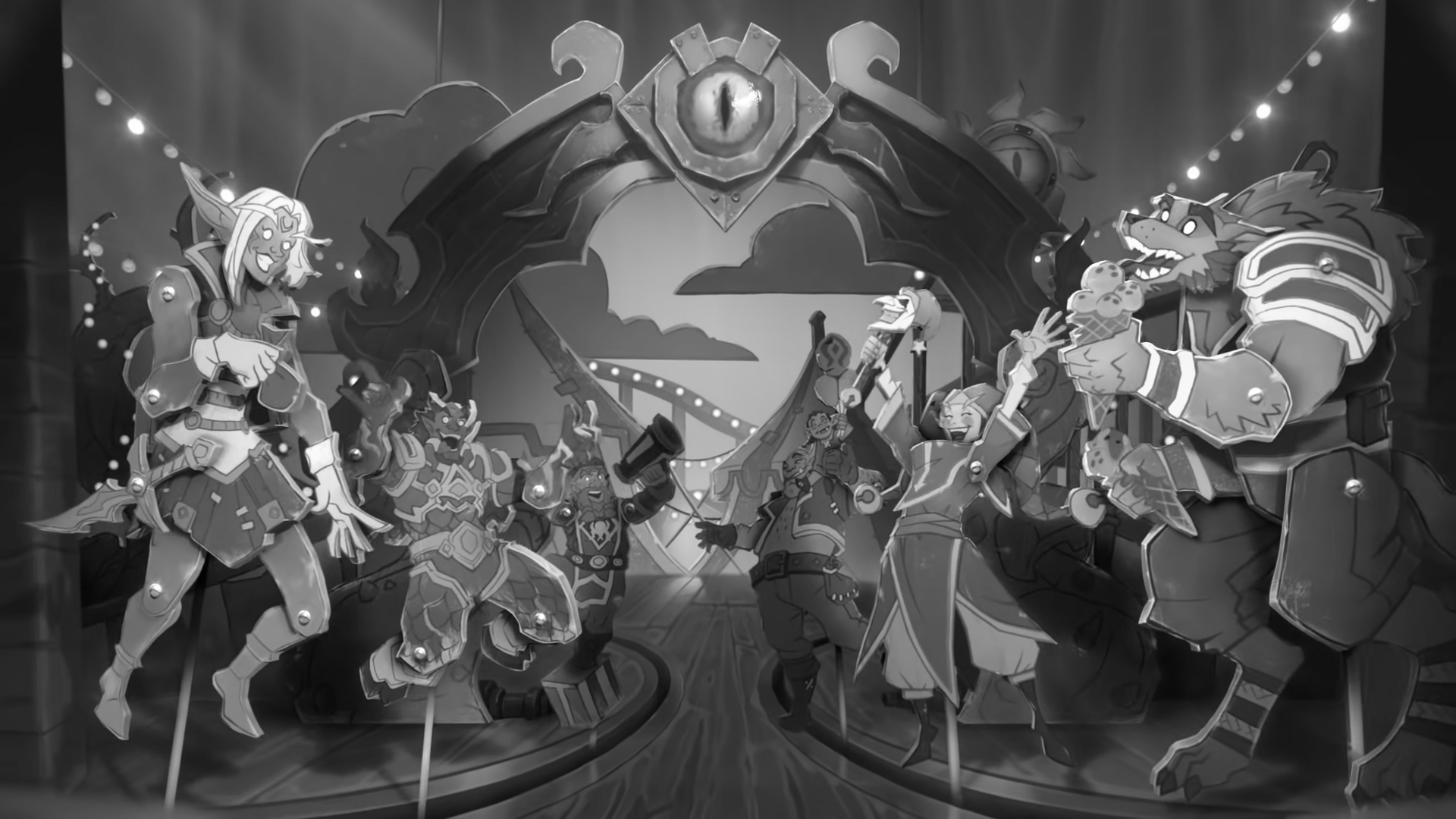
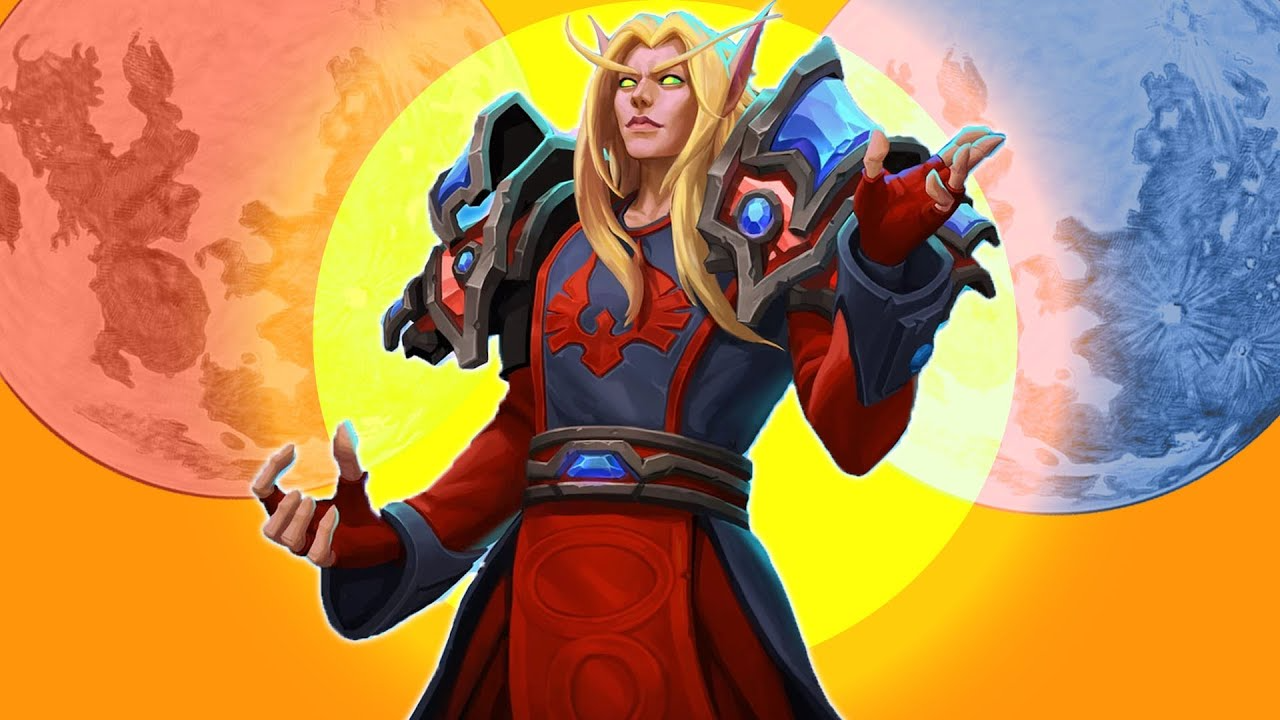
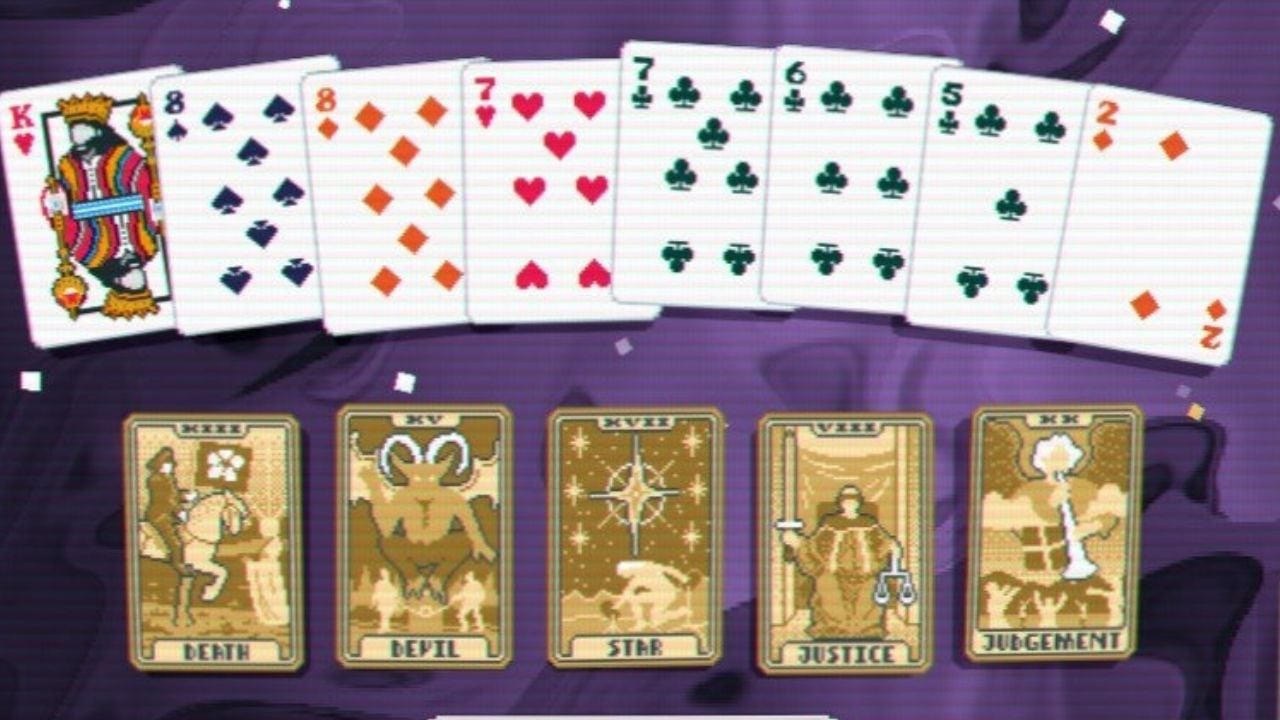
Published: Oct 25, 2017 06:42 pm